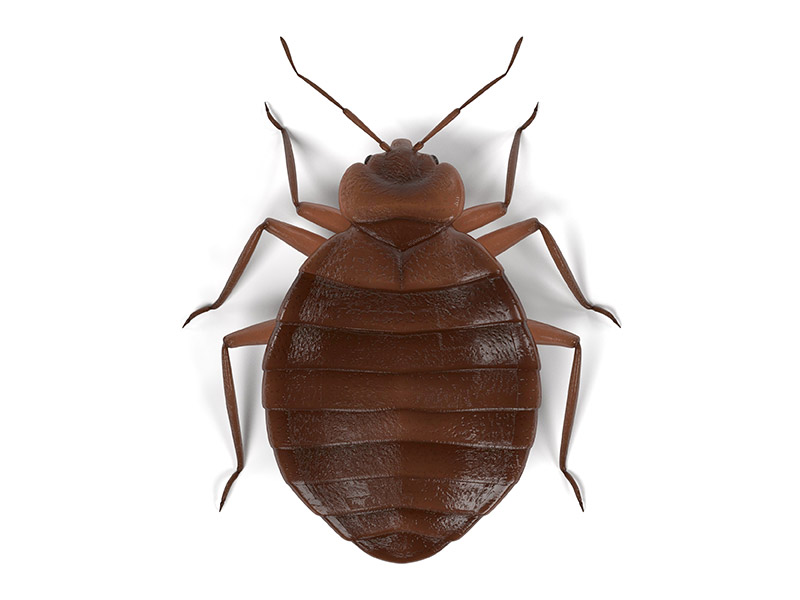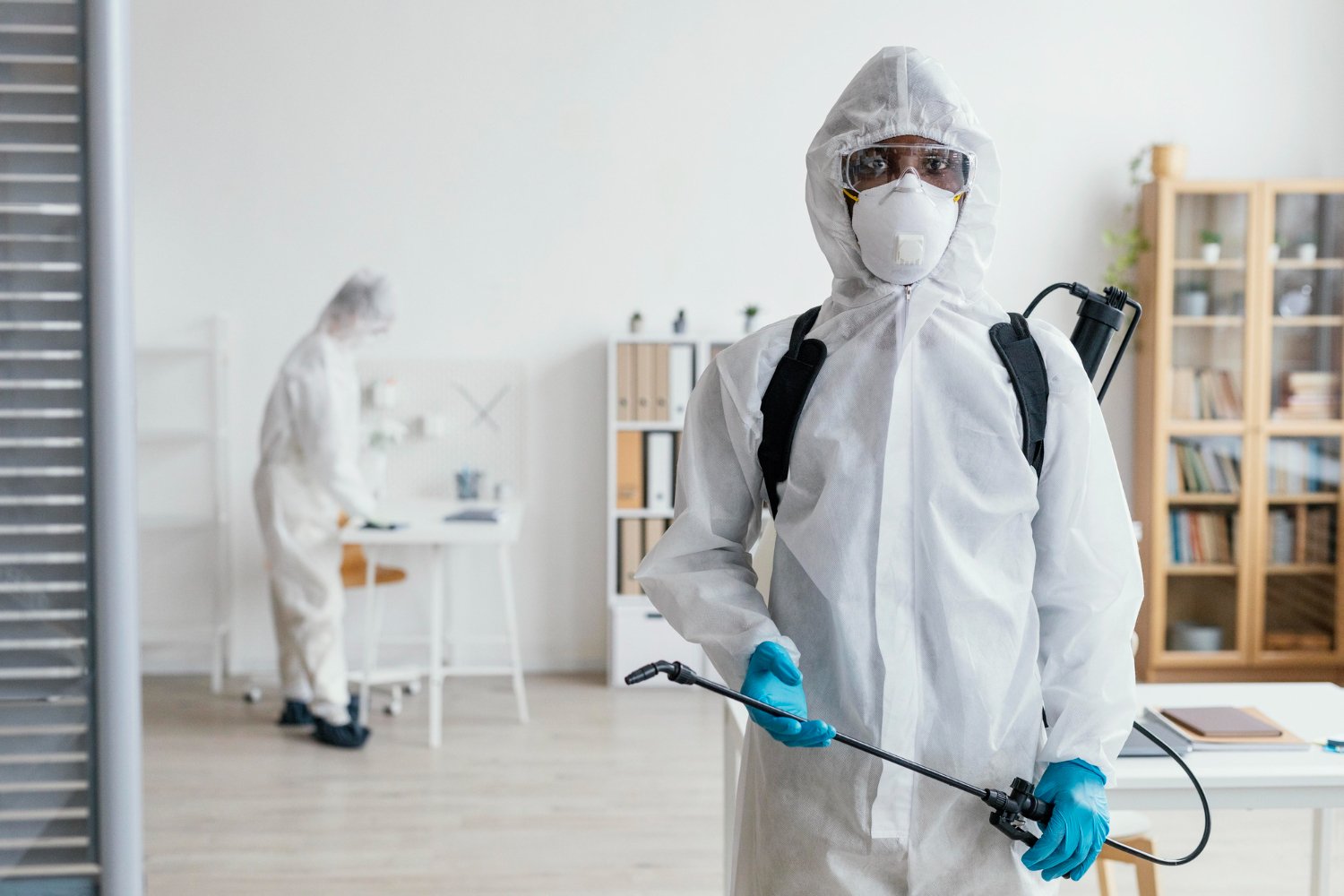Eliminate pests with the best Pest Control available now.
Eco-Friendly Bug Control Approaches for Managing Wildlife in Urban Locations
Urban locations usually find themselves at the intersection of human activity and wild animals, causing special difficulties in insect monitoring. Green methods emphasize lasting conjunction, using strategies such as habitat adjustment and all-natural repellents to minimize human-wildlife conflicts. These techniques not just secure the atmosphere however additionally boost community involvement in wild animals monitoring. As city populations continue to grow, recognizing the characteristics of wild animals communications ends up being significantly critical. What innovative methods can be implemented to make sure both ecological balance and metropolitan security? Discovering this concern discloses a compelling landscape of potential remedies.
Comprehending Urban Wild Animals Dynamics
Comprehending Urban Wild animals Characteristics is necessary for developing reliable and eco-friendly pest control techniques. Urban areas are increasingly coming to be environments for different wild animals varieties, driven by aspects such as environment fragmentation, food availability, and human infringement. Recognizing these dynamics enables a nuanced approach to pest administration that lines up with ecological principles.
Urban wildlife frequently includes varieties such as raccoons, squirrels, and birds, which adjust to city atmospheres, discovering particular niches in green areas, parks, and even suburbs. Their presence can result in disputes with human beings, especially when they exploit human sources for food and shelter. Comprehending the habits and eco-friendly roles of these types educates techniques that lessen unfavorable communications while promoting biodiversity.
Furthermore, recognizing the interdependencies within city ecological communities assists in identifying important areas for environment conservation and reconstruction. This knowledge adds to the growth of integrated bug management (IPM) methods that take into consideration the eco-friendly equilibrium, consequently reducing dependence on unsafe chemicals. By promoting conjunction between people and metropolitan wildlife, cities can produce much healthier environments that benefit both citizens and neighborhood ecological communities, leading the method for sustainable urban living.
Natural Repellents and Deterrents
All-natural repellents and deterrents offer a sustainable choice to traditional insect control approaches by using the power of nature to keep undesirable species at bay. These environmentally friendly services generally use plant-based ingredients, essential oils, and various other naturally occurring substances that hinder insects without damaging the setting.
One efficient natural repellent is peppermint oil, which is understood to repel rodents and bugs. Its solid fragrance is undesirable to lots of bugs, making it a preferred option for city setups. Vinegar and citrus peels can serve as deterrents, as their strong odors are typically unappealing to numerous wildlife.
Additionally, diatomaceous planet is a natural powder that can be spread out in locations prone to bug task, successfully drying out and deterring insects without presenting dangers to non-target species. Garlic sprays and neem oil are recognized for their capacity to drive away a large variety of pests, consisting of both insects and bigger wildlife.
Implementing these natural repellents not just minimizes reliance on chemical pesticides yet likewise promotes a much healthier city ecosystem, cultivating a much more balanced conjunction between people and wild animals. By using these approaches, metropolitan areas can effectively manage insect populations while reducing ecological effect.
Habitat Alteration Techniques
Reliable habitat adjustment strategies play a vital function in sustainable insect administration by changing the environment to make it much less for pest invasions. By recognizing the eco-friendly characteristics of city areas, homeowner Continued can carry out strategic modifications that prevent bugs while advertising biodiversity.
(Lawn pest control Port Charlotte)One key method includes preserving proper cleanliness. This includes routine waste elimination, securing trash can, and removing standing water to reduce reproducing websites for bugs and rodents. Furthermore, landscape design practices such as picking indigenous plants can improve environmental equilibrium, offering environments for advantageous microorganisms while minimizing sources for bugs.
An additional crucial technique is to secure entry factors in buildings. Checking and repairing fractures in structures, walls, and windows can considerably reduce pest accessibility. Furthermore, creating physical barriers, such as fences or plant barriers, can prevent wild animals motion right into human-inhabited locations.
Integrated Pest Monitoring Practices
Structure upon habitat alteration methods, incorporated bug monitoring (IPM) techniques use an all natural strategy to regulating bug populations while minimizing ecological effect. IPM integrates different strategies, consisting of biological, social, mechanical, and chemical controls, to attain reliable bug administration.
Biological control includes the intro of natural predators or parasites to minimize bug populaces. Cultural techniques, such as plant rotation and hygiene, interrupt pest life process and decrease their habitats - Pest control service. Mechanical controls, like catches and barriers, give immediate remedy for bug pressures without chemical treatment
Chemical controls are utilized as a last option, focusing on targeted applications that restrict damage to non-target species and the environment. The choice of ecologically pleasant chemicals, when essential, is important to the IPM structure. Furthermore, keeping track of parasite populations and evaluating prospective damages helps educate decision-making, making sure that interventions are prompt and efficient.
Neighborhood Involvement and Education And Learning

(Pest Control PortCharlotte)Workshops and informative sessions can equip homeowners with expertise regarding indigenous types, habitat preservation, and efficient safe insect administration techniques. Partnership with colleges, regional companies, and federal government firms better enhances academic outreach, guaranteeing that important info gets to varied target markets.
In addition, community-led campaigns, such as area clean-up days and environment remediation tasks, not only advertise biodiversity yet also reinforce neighborhood ties. Pest control service. By motivating citizens to share their experiences and monitorings, communities can develop targeted techniques that attend to specific regional insect issues
Incorporating responses from locals right into insect management prepares makes it possible for an extra receptive and adaptive method to wildlife difficulties. Eventually, informed and involved areas are vital to achieving long-lasting success in green parasite control, causing healthier urban environments that appreciate both human and ecological requirements.

Final Thought
In final thought, eco-friendly insect control approaches offer lasting solutions for taking care of urban wildlife. By prioritizing habitat adjustment, utilizing all-natural repellents, and carrying out incorporated insect monitoring practices, areas can cultivate an unified conjunction with regional fauna. Moreover, involving locals with education enhances awareness and motivates liable wildlife communications. Inevitably, these techniques not only shield biodiversity yet likewise promote environmental health, making certain urban locations stay lively ecological communities where humans and wild animals thrive with each other.